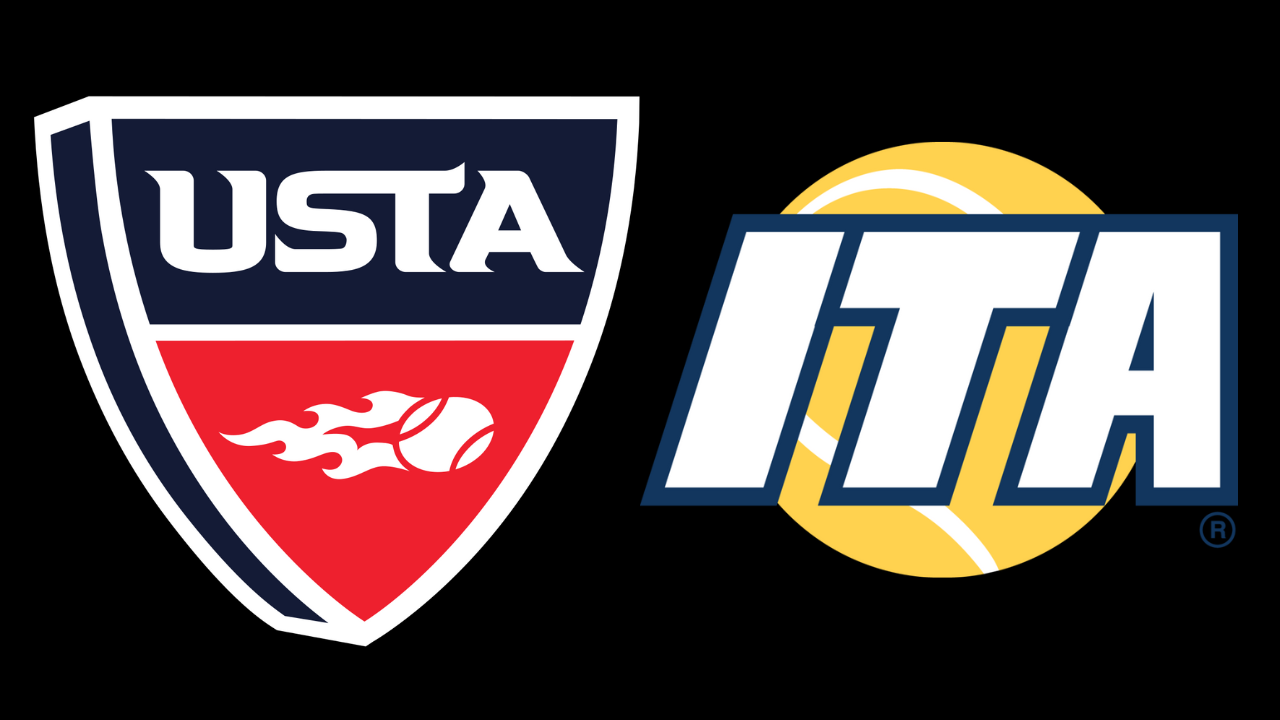Officiating Tennis

In the height of the Intercollegiate Tennis Association (ITA) recertification season - or, potentially, certification season for first-time officials - I'd like to share my thoughts and experiences as an official, obtaining officiating certifications, and responsibilities of tennis officials. Before I dive into my story, I want to note that officials are in demand. We always need more officials. As a matter of fact, the ITA may need even MORE officials this coming year, but I'll get more into that later.
Becoming Certified
I started my first private tennis coaching job in the fall of 2024. It was here that my fellow coworkers convinced me to begin the United States Tennis Association (USTA) officiating certification process. New USTA officials must complete a host of requirements. These include submitting an optometrist's report stating you have 20/20 vision naturally or with correction, holding a current USTA membership, completing three online courses about officiating and tennis-specific rules, becoming safe-play approved - adult misconduct prevention course and background check - and shadowing for eight hours under a current official at a participating USTA event - usually spanning multiple days. This information can also be found at: https://www.usta.com/en/home/coach-organize/officiating.html
That was a long list, and long lists can be quite daunting. In my opinion, however, it isn't too difficult to complete the requirements.
The vision form is very easy to complete with access to an optometrist. If you play USTA tennis leagues or events, good odds if you're considering officiating, then you already have a USTA membership. I would consider the online courses medium-length and not difficult if you're familiar with tennis rules. Other than inputting personal information, The background check doesn't require additional work. The eight hours of shadowing can be tough, but if the number of days you have free are limited, it is possible to knock out all eight in one go - that makes for a long day, though. All in all, with good timing and a bit of concentrated effort, I'd say it is possible to become an official in about two weeks.
USTA vs. ITA
To become an ITA official - collegiate officiating - you must first be USTA certified. The good news is that once you have your USTA certification, obtaining the ITA certification is comparatively short.
You'll need to familiarize yourself with the rules and regulations governing college tennis, which is easier than ever thanks to all NCAA divisions and the National Association of Intercollegiate Athletics (NAIA) adopting the same rules and format. Junior colleges (JUCO) do have different rules, but it is much more rare to officiate their matches. After learning the rules and passing a test over them, you must attend a webinar with an ITA instructor - mine took about an hour, if I recall correctly. Finally, after passing the test and completing the webinar, you will need to pay annual dues to obtain your certification. Depending on the match assigner in your area, you may have to shadow under a current official as well, but that isn't an ITA requirement.
I've noticed a few main differences between USTA and ITA officiating thus far. For my USTA matches - I've only done junior tournaments so far - your main role will be as a facilitator. You'll find yourself tasked with resolving scoring disputes, assigning matches and making sure players are on time, and most regularly called to court as a line judge.
The stakes, and responsibilities, are raised when moving to the college stage. If officiating a match alone or when you're the referee, you will be responsible for preparing the courts - setting up singles sticks and checking nets - along with coordinating team lineups. When roving, you must be aware and watch matchplay at all times, part of the ITA's "no downtime roving" policy. Tensions are higher, and fans are rowdier; it's our duty to control spectators and the bench players. This is all on top of the USTA official's common duties, which become much more difficult for college matches.
I'll be frank when I say that ITA assignments generally pay better than USTA, as would be expected with the added stress and responsibility. USTA does have its own upsides, though. USTA assignments are normally lower stress, easier on the legs, and more certain about the hours you'll be working. ITA matches are paid per match, so if one goes long or you encounter delays, you might be in for a long day. I remember leaving my hotel once for a college match at 7:00 a.m. and not getting back until 10:00 p.m. that night.
My Experience
I touched on this earlier, but I'll reiterate that I've found USTA officiating to be easier both physically and mentally. The number one thing you do is watch lines to make sure no bad out calls are happening. This is easier in junior tennis when the ball is still moving slowly and kids are usually generous with their calls. You don't have to deal with rowdy spectators at USTA matches - none that I've been to at least - and coaches aren't getting angry with you at perceived missed calls.
This is a good segue into college officiating. It's a whole different ball game. Calls are tighter, the ball is moving faster, and you're responsible for calling everything ranging from foot faults to code violations. And when coaches think you've missed a call or should have handled a situation differently, they'll let you know. I don't blame them; however, I would want my coach to have my back if I'm giving it my all for them on the court.
All of this gets more pronounced when "chairing" a match. In the chair, you're making announcements, keeping time, tracking points, and calling the score all while doing everything you already were doing while roving. I was terrified doing my first chair; it almost felt like I was part of the match!
The two main lessons I've learned - and been told by other officials - are to not butt in when unnecessary and to always try your best when on the court. The first part is a little more nuanced than it may sound. When making calls, only overrule if it is obviously incorrect - this is also a lesson you'll hear in training. From our position at the net post, officials don't have a direct line of sight on any particular line. We're only human, and over-turning a close call might be incorrect.
Upcoming Division III Officiating Change
To wrap up, I'd like to discuss the upcoming change in Division III tennis by the ITA. Starting with the 2025-2026 season, the ITA will strongly recommend having an official at matches. This would be a big shift from when I played tennis at Centre College; we rarely had officials present and usually only saw them at our conference tournament.
There are over 300 Division III tennis teams in the U.S. If this recommendation is adopted, I can only imagine the increase in demand for ITA officials. While it would add extra strain to these Division III budgets - officials aren't free - I do believe it would make Division III tennis feel more professional and help contain bench player remarks.
